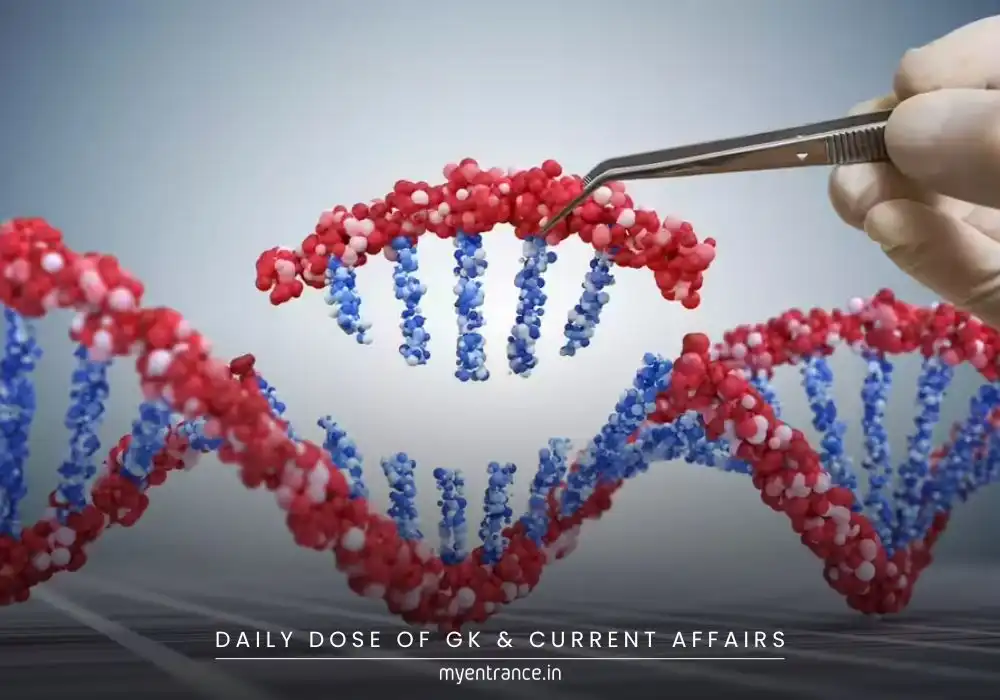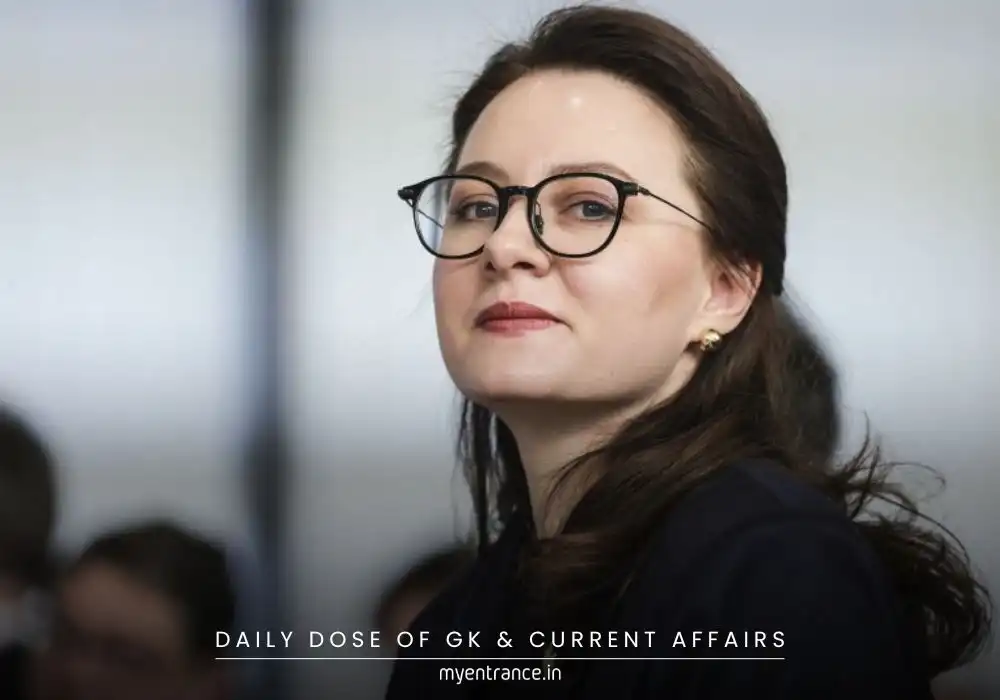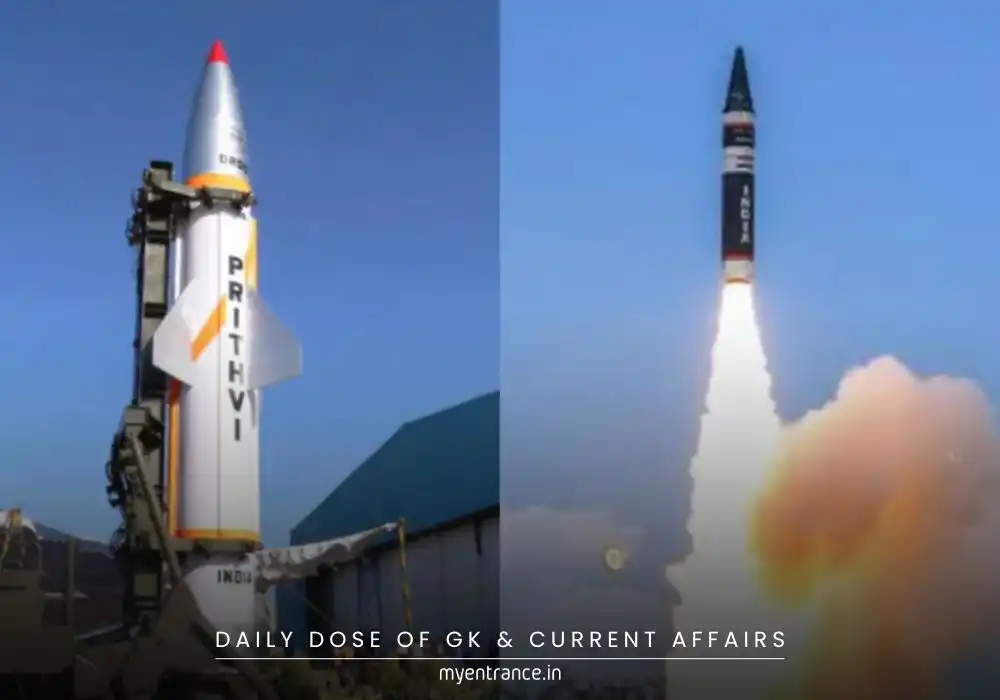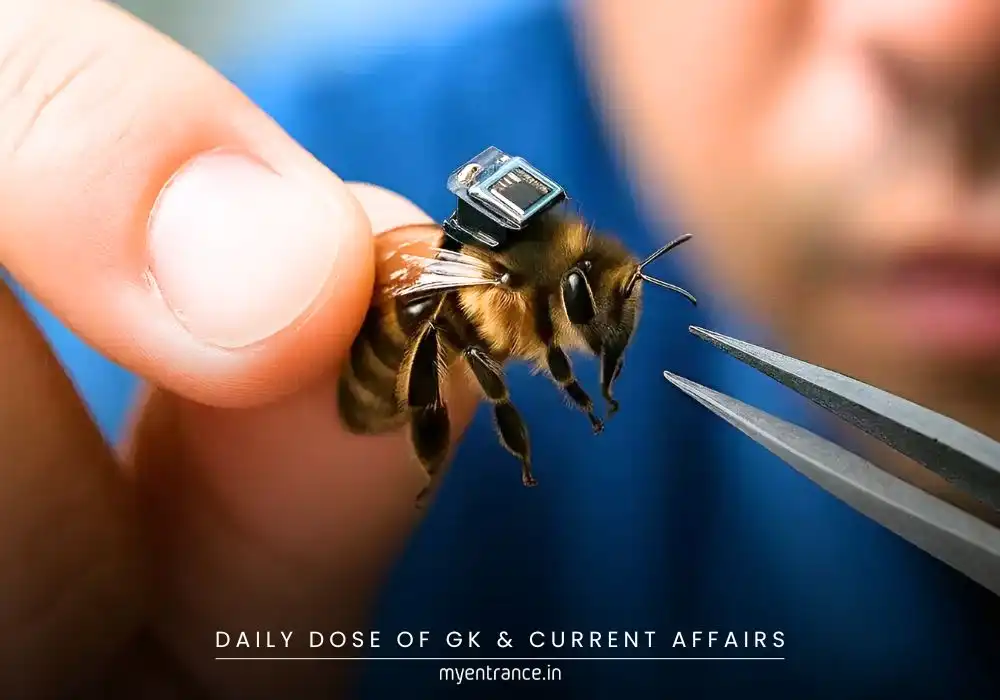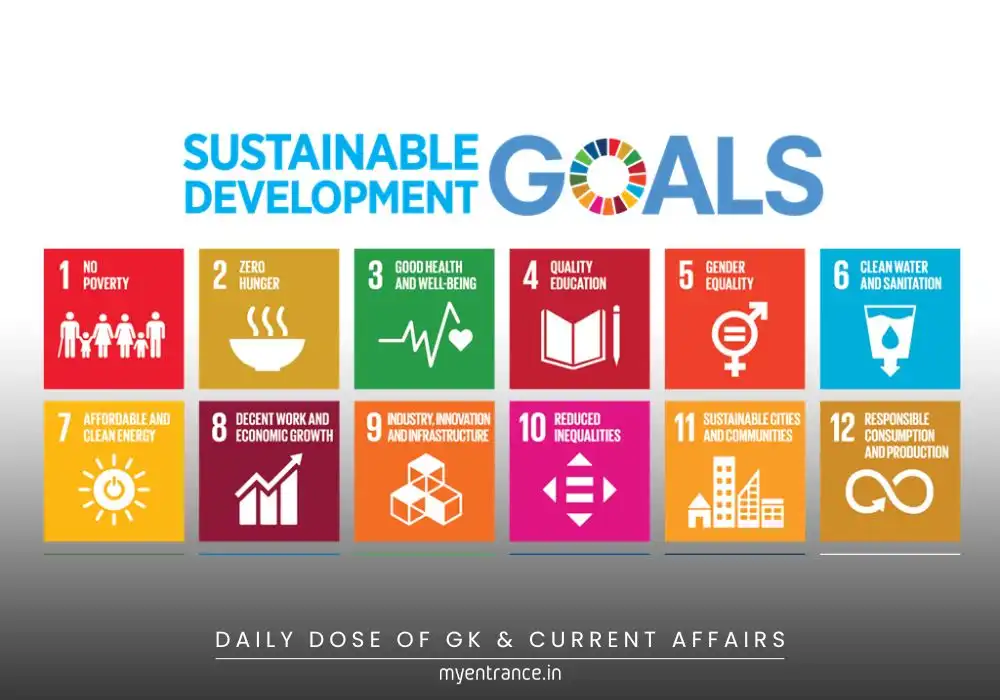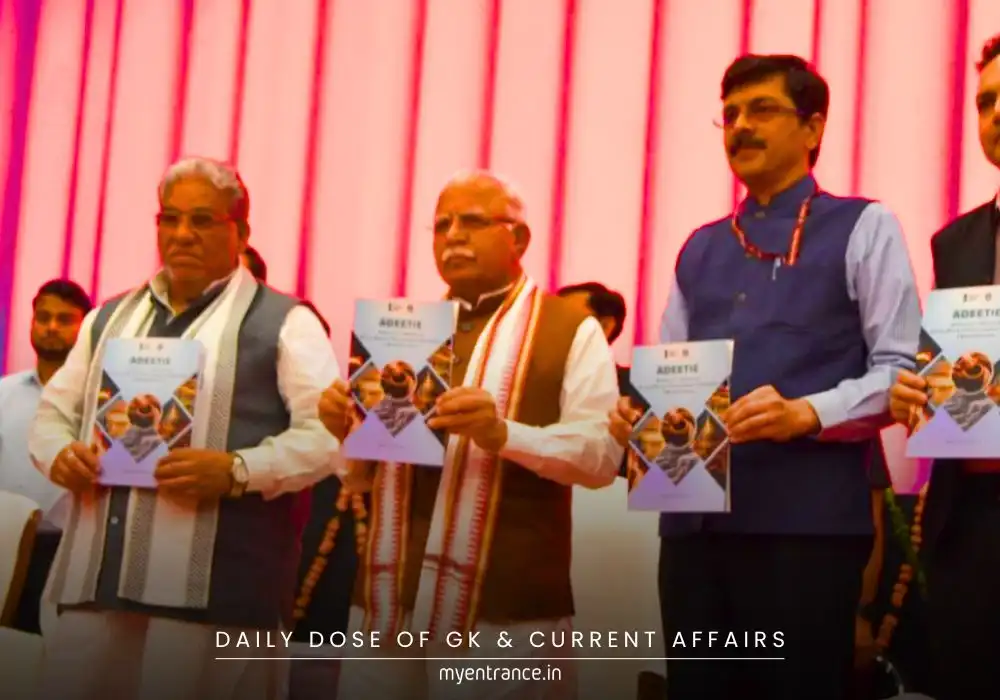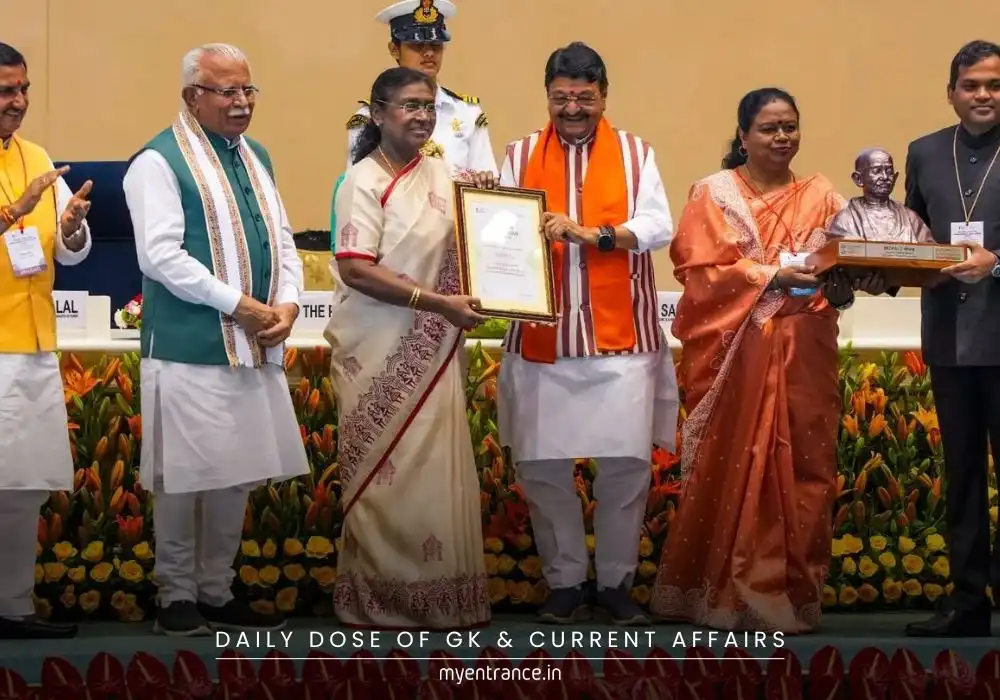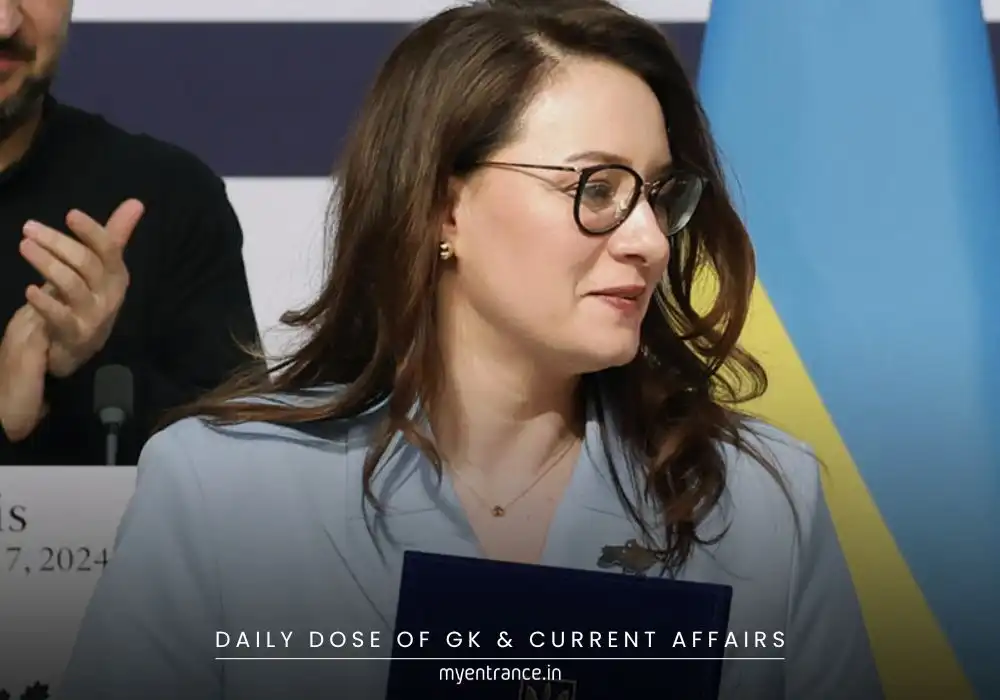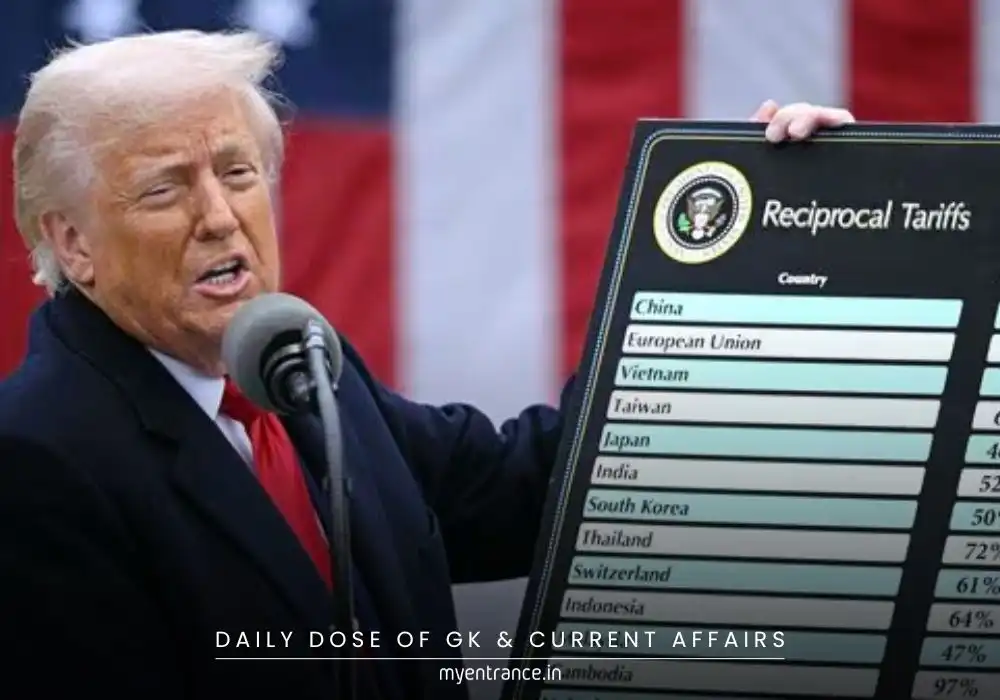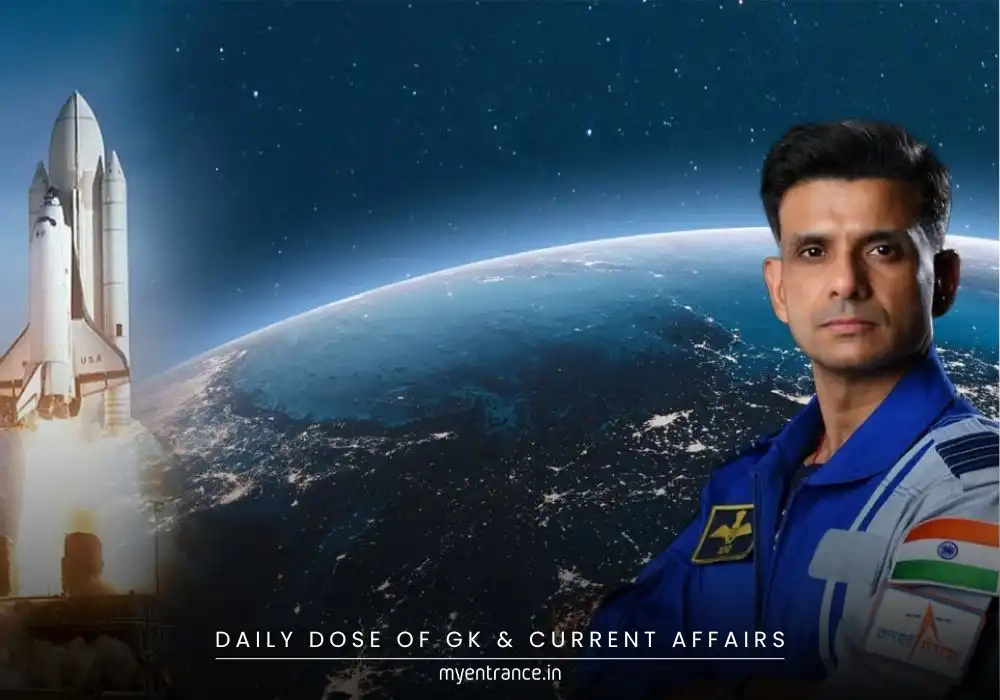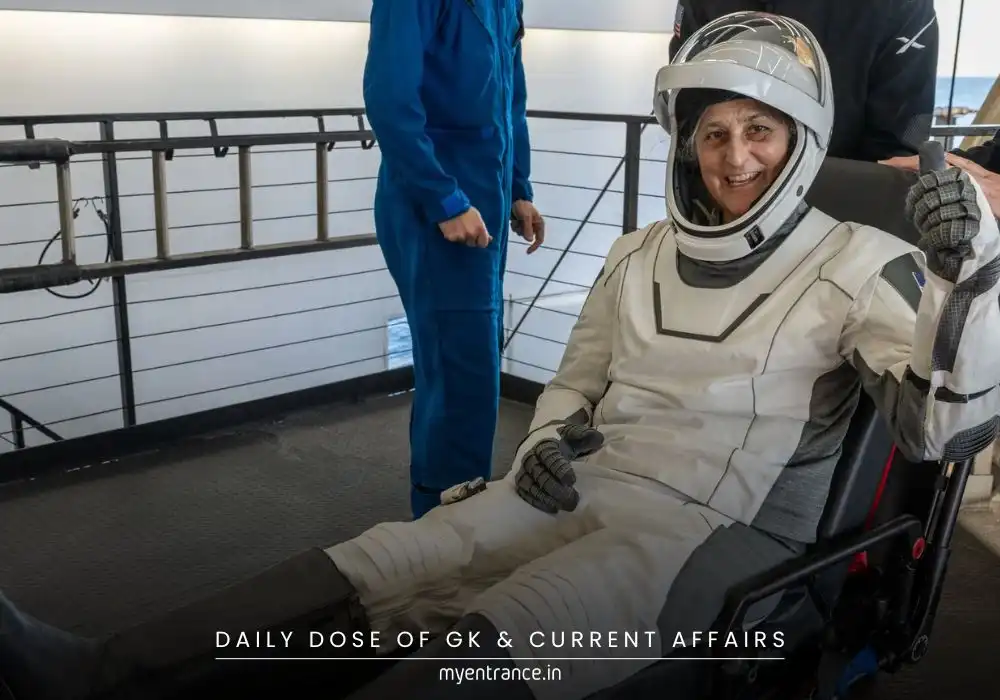Translate Language
Are Earth-Like Planets Common? Astronomers Spot a New Solar System Being Born!
For the first time, astronomers have directly observed the birth of a new solar system around a young star, HOPS-315. Using NASA’s James Webb Space Telescope (JWST) and the ALMA observatory, scientists detected solid materials condensing in the star’s gas disk—hinting at the formation of rocky planets like Earth. This discovery could reshape our understanding of how common Earth-like worlds really are.
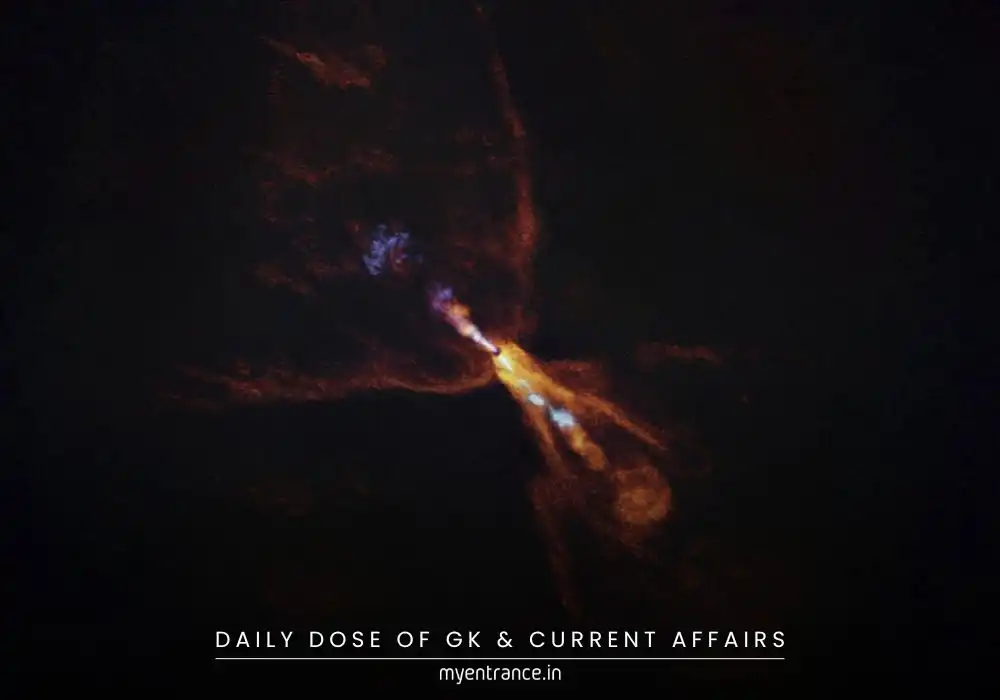
A New Solar System in the Making
Astronomers have long theorized how rocky planets form, but now they have direct evidence. Here’s what makes this discovery so exciting:
Young Star, Similar to Our Sun: HOPS-315 is just 100,000–200,000 years old and located 1,370 light-years away. It mirrors our Sun’s early stages, offering a glimpse into how our solar system may have begun.
Gap in the Gas Disk: Observations revealed a gap in the star’s surrounding gas disk—a telltale sign of planet formation.
Silicate Minerals Detected: Inside this gap, scientists found silicon monoxide gas and silicate minerals—the same building blocks that formed Earth and other rocky planets in our solar system.
Dr. Melissa McClure, lead researcher from Leiden Observatory, stated: “This is the first conclusive evidence of rocky planet formation happening right now.”
Could Earth-Like Planets Be Common?
Until now, scientists only had theories about how rocky planets form. This discovery suggests that:
The process may be a natural part of star development, not a rare event.
The materials around HOPS-315 closely resemble those that formed Earth, raising hopes that habitable planets could be widespread.
Dr. Merel van ‘t Hoff (Purdue University), a co-author, added: “The conditions here look very similar to how Earth may have formed.”
What’s Next in the Search for New Worlds?
The gas disk around HOPS-315 is massive, meaning it could potentially form multiple planets. However, it’s still too early to predict how many will emerge. Astronomers now plan to:
Study more young stars to compare planetary formation stages.
Use advanced telescopes like JWST to detect more newborn solar systems.
As Dr. Fred Ciesla (University of Chicago) noted: “There’s a rich opportunity here to understand how worlds like ours come to be.”
Sample Questions & Answers (For Competitive Exams)
Q: What did astronomers observe around the star HOPS-315?
A: A gap in its gas disk containing silicate minerals, indicating rocky planet formation.
Q: Which telescopes were used in this discovery?
A: NASA’s James Webb Space Telescope (JWST) and the ALMA observatory.
Q: Why is HOPS-315 significant?
A: It resembles our Sun’s early stages, helping scientists understand how Earth-like planets form.
Q: What does silicon monoxide gas suggest?
A: It’s a key ingredient in the formation of rocky planets.
Q: Could this discovery mean Earth-like planets are common?
A: Yes, since the process appears to be a natural part of star development.
Why Is This Important for Exams?
This topic is crucial for competitive exams like UPSC, SSC, PSC, and KAS because:
It covers recent scientific advancements, often asked in current affairs.
Questions on space discoveries, JWST, and planetary formation are common.
Helps in understanding astrobiology and the search for habitable planets, a growing field in science.
For students preparing for entrance exams, keeping up with such breakthroughs strengthens their general knowledge and science aptitude.
Final Thoughts:
The birth of a new solar system around HOPS-315 is a monumental discovery, offering clues about our own origins. As astronomers scan more young stars, we may soon learn just how many Earth-like worlds exist in the cosmos.
Stay updated with the latest scientific breakthroughs at MyEntrance.in!
Get 3 Months Free Access for SSC, PSC, NIFT & NID
Boost your exam prep!
Use offer code WELCOME28 to get 3 months free subscription. Start preparing today!
